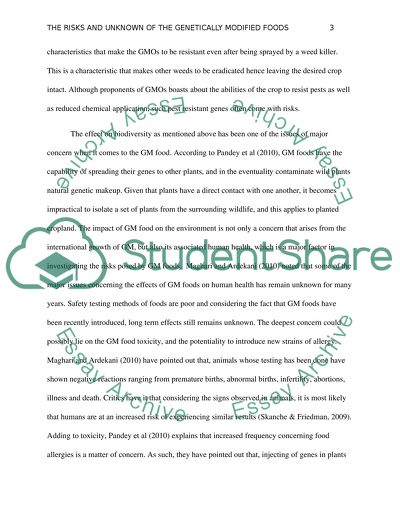Cite this document
(“The Risks and Unknowns of Genetically Modified Foods Research Paper”, n.d.)
Retrieved from https://studentshare.org/english/1478472-what-are-the-gmos-and-why-all-the-fuss
Retrieved from https://studentshare.org/english/1478472-what-are-the-gmos-and-why-all-the-fuss
(The Risks and Unknowns of Genetically Modified Foods Research Paper)
https://studentshare.org/english/1478472-what-are-the-gmos-and-why-all-the-fuss.
https://studentshare.org/english/1478472-what-are-the-gmos-and-why-all-the-fuss.
“The Risks and Unknowns of Genetically Modified Foods Research Paper”, n.d. https://studentshare.org/english/1478472-what-are-the-gmos-and-why-all-the-fuss.


